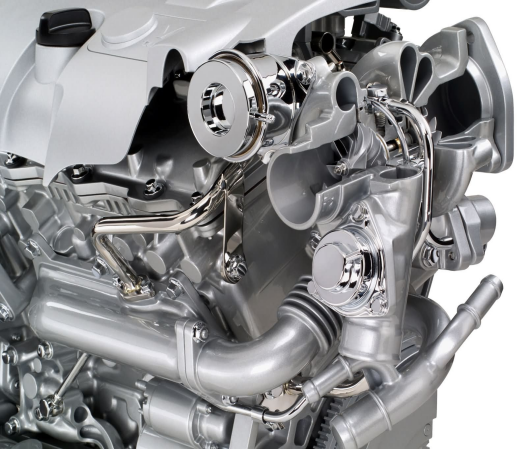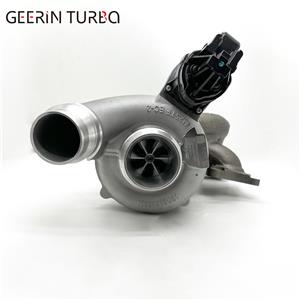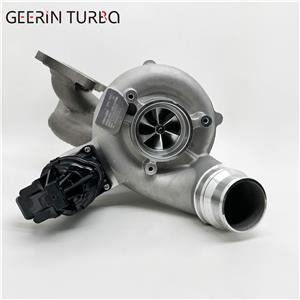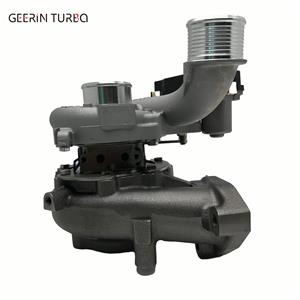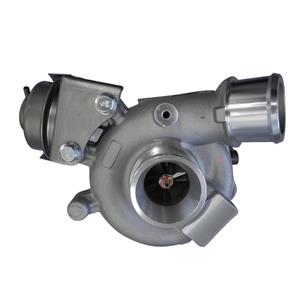Overview of Turbocharging
Overview of Turbocharging
Turbocharging is a technology that uses exhaust gas generated by the operation of an internal combustion engine to drive an air compressor (Air-compressor). Similar in function to a turbocharger (Super-Charger), both increase the flow of air into an internal combustion engine or boiler, thereby increasing the efficiency of the machine. Commonly used in automobile engines, turbochargers can increase the horsepower output of internal combustion engines by utilizing the heat and flow of exhaust gases.
Turbocharger purpose:
The main function of turbocharging is to increase the air intake of the engine, thereby increasing the power and torque of the engine, and making the car more powerful. After an engine is equipped with a turbocharger, its maximum power can be increased by 40% or even higher than when the turbocharger is not installed. This means that the same engine can produce more power after being turbocharged. Take our Z-common 1.8T turbocharged engine as an example. After turbocharging, the power can reach the level of a 2.4L engine, but the fuel consumption is not much higher than that of the 1.8 engine. On another level, it is improved. fuel economy and reduced tailpipe emissions.
Negative impact:
However, after turbocharging, the pressure and temperature of the engine during operation are greatly increased, so the engine life will be shorter than that of the same displacement engine without turbocharging, and the mechanical performance and lubrication performance will be affected. To a certain extent, the application of turbocharging technology in engines is limited.
